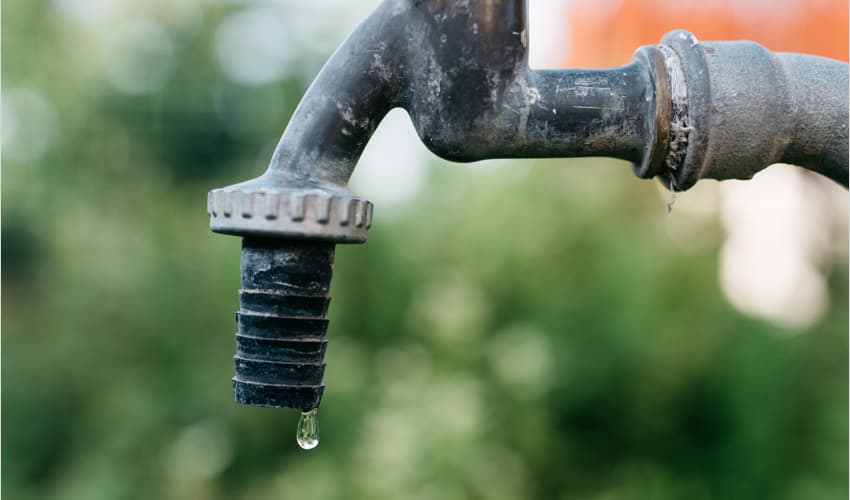Get to Know the Six Common Causes For Water Seepage in Your House
Get to Know the Six Common Causes For Water Seepage in Your House
Blog Article
Almost everyone seems to have their personal rationale involving How Fast Water Damage Can Ruin Your Home.

Leaks not just trigger waste of water but can additionally create unnecessary damage to your home and also promote undesirable natural growth. By understanding as well as looking for day-to-day circumstances that trigger leaks, you can secure your home from future leakages and also unneeded damages.
Elbowing in roots
Most water leakages begin outside the house as opposed to inside it. If you notice an abrupt reduction in water pressure, state in your tap, require time to head out and analyze your backyard. You may notice damp patches or sinkholes in your backyard, and that might suggest that tree roots are getting into water lines triggering water to seep out. You can have your plumber look for intrusion, specifically if you have trees or bushes near your residential property.
Corroded water systems
As time goes by, your plumbing system ages and rust such as corrosion might start gnawing the pipelines. This could be the reason for discoloration or warping on your pipes. This asks for an inspection with your plumber right away. Take into consideration replacing the pipes because they are at a higher danger of corrosion than the newer versions if our plumbing system is old.
Defective Pipeline Joints
The point at which your pipes link is frequently the weakest link in the waterline. Pipe joints can degrade gradually, causing water leakages. The majority of pipe joints are not quickly visible. If you have noisy pipes that make ticking or banging sounds, particularly when the warm water is turned on, your pipe joints are probably under a great deal of stress. It is suggested to have your plumber evaluate your system once a year.
Immediate temperature modifications.
Extreme temperature level adjustments in our pipelines can cause them to increase and also contract unexpectedly. This development and tightening might trigger cracks in the pipelines, particularly if the temperature level are listed below freezing.
Poor Water Connectors
Sometimes, a leak can be brought on by loose tubes as well as pipelines that supply your appliances. Most of the time, changing is what causes the loosened water Links. You may locate when it comes to a washing maker, a hose might spring a leak because of shaking during the spin cycle. In case of a water links leak, you may see water running directly from the supply line or pools around your appliances.
Blocked Drains
Clogged drains could be irritating and also inconveniencing, yet they can sometimes end up creating an overflow causing break pipes. Maintain getting rid of any materials that might go down your drains that might obstruct them to avoid such hassles.
All the above are sources of leaks yet not all water leaks arise from plumbing leakages; some leaks may originate from roof covering leakages. All leakages should be repaired right away to stay clear of water damages.
Leaks not only trigger waste of water yet can additionally cause unnecessary damage to your home as well as promote unwanted organic growth. By looking and comprehending for everyday scenarios that create leakages, you can shield your home from future leaks and unneeded damages. Today, we will look at six leak triggers that may be triggering your pipes to drip.
At times, a leak can be triggered by loose hose pipes as well as pipes that supply your devices. In instance of a water links leakage, you might observe water running straight from the supply line or pools around your home appliances.
How To Check For Water Leak In Your Home
How To Check for Leaks
The average household's leaks can account for nearly 10,000 gallons of water wasted every year and ten percent of homes have leaks that waste 90 gallons or more per day. Common types of leaks found in the home are worn toilet flappers, dripping faucets, and other leaking valves. These types of leaks are often easy to fix, requiring only a few tools and hardware that can pay for themselves in water savings. Fixing easily corrected household water leaks can save homeowners about 10 percent on their water bills.
To check for leaks in your home, you first need to determine whether you're wasting water and then identify the source of the leak. Here are some tips for finding leaks:
Take a look at your water usage during a colder month, such as January or February. If a family of four exceeds 12,000 gallons per month, there are serious leaks.
Check your water meter before and after a two-hour period when no water is being used. If the meter changes at all, you probably have a leak.
Identify toilet leaks by placing a drop of food coloring in the toilet tank. If any color shows up in the bowl after 10 minutes, you have a leak. (Be sure to flush immediately after the experiment to avoid staining the tank.)
Examine faucet gaskets and pipe fittings for any water on the outside of the pipe to check for surface leaks.
Undetected water leaks can happen without the home or business owner even realizing. If you suspect a water leak, but not able to find the source. It is time to contact a professional water leak detection service, The Leak Doctor.
How To Find a Water Leak In Your Home
https://www.leakdoctor.com/blog/How-To-Check-For-Water-Leak-In-Your-Home_AE197.html

I recently found that review on Most Common Causes of Leaky Pipes while browsing the internet. Sharing is nice. Helping others is fun. I thank you for reading our article about Most Common Causes of Leaky Pipes.
Book Service Now Report this page